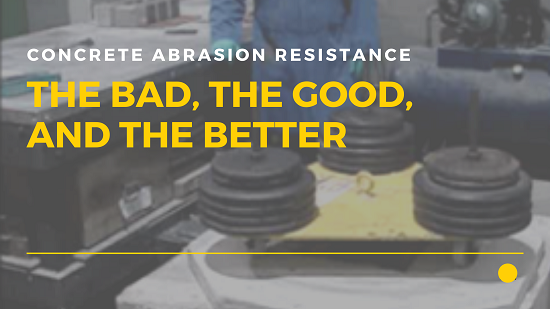 Thursday, May 2, 2024
Thursday, May 2, 2024  Thursday, May 2, 2024
Thursday, May 2, 2024 
Last time in this interview series, we looked at just how effective Hard-Cem® is as a solution for increasing concrete abrasion resistance. (For a recap, take a look at our first part and second part in this interview series!)
Unlike conventional surface-applied products, Hard-Cem has a worry-free application process. And on top of that, it has been proven to be effective through third-party testing. Part of that testing involved a modified ASTM C627 test, which showed just how resistant Hard-Cem made concrete to abrasive forces.
However, that’s not all it has going for it. Hard-Cem can also help construction professionals with their sustainability efforts. To see how, we asked Kryton Technical Director Jeff Bowman for more insight.
I’m sure many people are aware that roughly, for every 1 ton of Portland cement that’s manufactured, 1 ton of CO2 is released into the atmosphere. But of course, we don’t make buildings out of cement. We make them out of concrete. So I think it’s more useful to look at the final carbon load of the concrete itself.
Now, there are many industry resources for this. The one that I’d like to draw from today is the Canadian Ready-Mixed Concrete Association’s environmental product declaration. It has a wide range of information and breaks concrete down by strength class. It also publishes industry benchmarks for each strength class.
But for just a broad view of the information displayed, you can see that depending on the concrete strength and many other factors, the carbon load of that concrete is normally going to range about 250 kg to 500 kg of CO2 per cubic meter of concrete.
That’s a significant environmental investment. So you really want to make sure your concrete is going to be durable and last a long time with minimal maintenance.
Keep reading this blog on Kryton.com